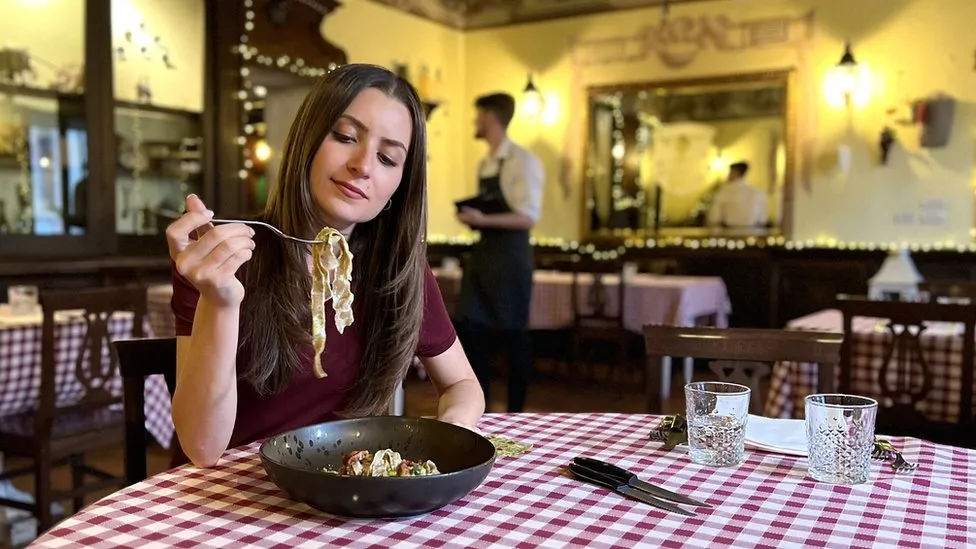
Our Lives are Built with Aluminum
Aluminum is one of the most widely used industrial materials available today. It exists in our cars, our boats and ships, and in the buildings we live in.
In the EV industry, the importance of aluminum cannot be overstated, given that it is required to create the casing of the batteries that power the vehicle. The benefits of aluminum come down to its strength and its weight.
However, mining the raw materials that go into aluminum harms our environment. Bauxite is a mineral used in the creation of aluminum, and the mines that pull the ore out of the ground are responsible for acres of deforestation, water pollution via the Bayer process, air pollution due to the temperatures required to forge it, and other environmental impacts.
The aluminum manufacturing industry has been taking steps to reduce its reliance on new aluminum, though current technology still requires a sizeable amount of new aluminum to recycle scrap aluminum.
However, a new technology has been created that could eliminate that need entirely. This is how the ShAPE aluminum recycling process could change how we procure aluminum.
What is it, and How Does it Work?
The Shape aluminum recycling (Shear Assisted Processing Extrusion) process is an innovative new method of recycling aluminum created by the United States Department of Energy’s Pacific Northwest National Laboratory in Richland, Washington.
This process was created primarily for the automotive industry so as to reduce the reliance on freshly created aluminum and cut the environmental impacts of creating EVs. The process was also created in collaboration with Magna, a leading mobile technology company.
This process could reduce 50% of the embodied energy and 90% of the carbon dioxide emissions output by reducing the amount of aluminum required by mining. The ShAPE aluminum recycling process is unique because it doesn’t require any pre-heating step to remove impurities in the scrap aluminum.
It works by rotating the aluminum on a die in the ShAPE aluminum recycling machine while being pushed through a small opening. Combining rotation and deformation ensures that the metal elements are distributed evenly, eliminating the need for a pre-heating process.
In testing to ensure that the aluminum produced by ShAPE aluminum recycling is as strong as they think, they used electron microscopy and electron backscatter diffraction to create an image of the placement and microstructure of the metal particle within the finished product.
They did this test using aluminum 6063, also known as architectural aluminum. They found that this aluminum product was uniformly strong and lacked manufacturing defects that would otherwise cause the aluminum to fail in its application.
They also found no impurities in the metal, which is important due to the fact that the metal they used was entirely recycled, and raw scrap metal is full of impurities.
While incredibly promising, EV technology currently relies on industries and industrial methods that are incredibly damaging to the environment. The EV industry is working hard to eliminate this contradiction of being eco-friendly yet requiring damage to the environment to be created.
With the ShAPE aluminum recycling method, there could be significant changes to multiple industries, not only the automotive industry. A lead researcher on the project, Scott Whalen, said, “We are now working on including post-consumer waste streams, which could create a whole new market for secondary aluminum scrap.”
While current methods are being used, the environmental damage cannot be understated. However, in the future, using this new method, things could change forever for the better.
Source Happy Eco News












